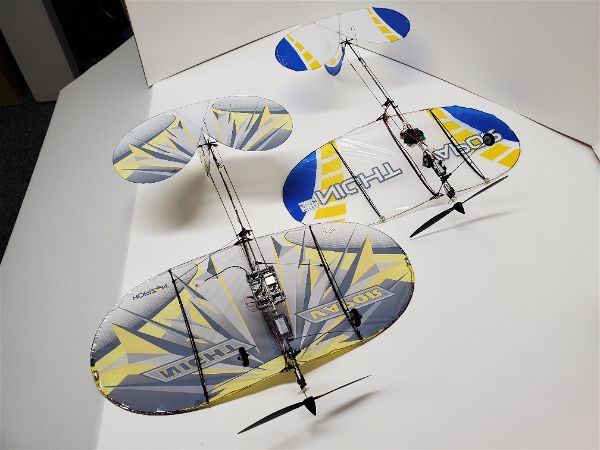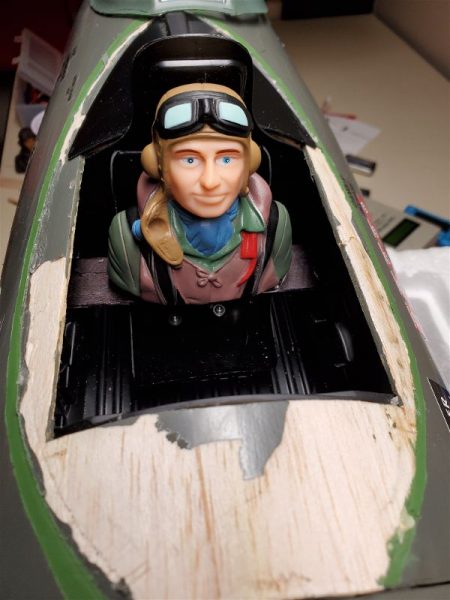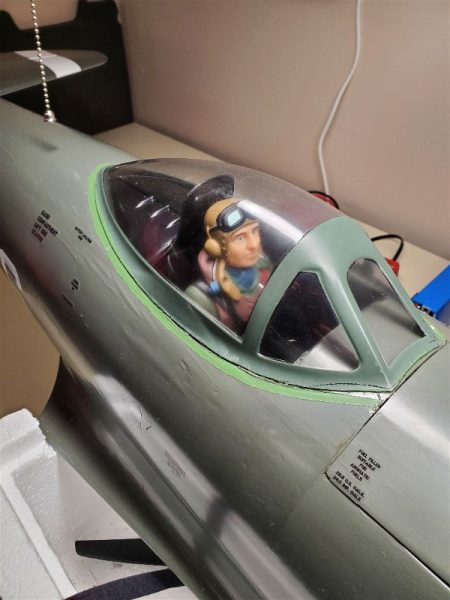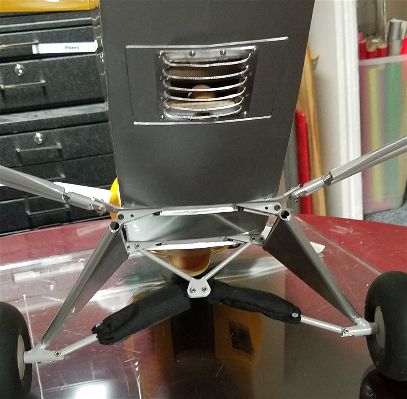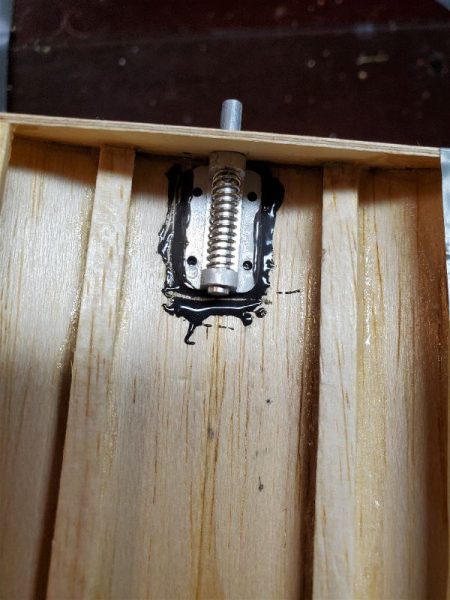NX10 Arrives

Since February 2018, I’ve been primarily flying using the Spektrum iX12 transmitter. I’ve certainly developed a love/hate relationship with the iX12 over the past 3 years. I’m not overly fond of a touch screen interface on a screen this small, the slow power up can occasionally be annoying and if you try to rush it you frequently run into disconcerting delays and seeming instability that requires a fresh shut down and restart. Additionally, running anything more than the basic Airware app on the radio seems to be asking for trouble as the platform is just barely adequate to run it… let alone adding anything else into the mix. On the other hand, the text to speech option really makes spoken prompts far more useful and the display is sharp. Additionally, the built in WiFi and Bluetooth on the iX give you have capabilities that no other radio in the Spektrum line can match. Wireless headset use, keyboard and mouse connection, direct download of updates, etc… Bottom line, while I can work with the iX12 and it has its strengths, it occasionally frustrates me so I decided when the NX line came out I’d grab a possible replacement and give it a try.
So in November 2020, I ordered an NX10 from my local hobby store. As usual they gave me a great price and didn’t ask for any deposit or credit card to get my radio on order. While I waited for it to arrive (first predicted to be in by mid-December) I read up on the discussion groups, watched videos about the NX line and weighed my options on which radio I would get rid of to pay for the NX when it arrived. I had both an iX12 and a black addition DX9. I’ve always liked that DX9 but 90% of my airplanes were setup and working on the iX12 so I started out by taking the DX to a couple of swap meets and it found a new home quickly. In fact it paid for a majority of my NX10 purchase as that radio is still very popular and I had the charger, manual, original strap and pretty much all of the original accessories it came with along with the case.
In February, the NX10 arrived and it is pretty much as advertised. It feels good in the hands, especially to those who like a bit lighter radio, even with the large 6000mah 1S LiIo battery on board. The weight is a big point of contention on line in the forums but I find it a nice balance between the heft of a DX18 and the almost disconcerting lightness of a DXe for instance. I like the dark, mostly matte finish of the radio and I hope we never go back to radios with all the chrome on the front… at least not as long as that chrome is applied to a plastic base! That is the worst of both worlds. Easy to damage, flake off, etc… while also being shiny enough to blind you if the sun hits it just right while you are trying to look at the front panel for whatever reason. The NX display is a bit sharper (higher res) than the DX line though not quite up to par with the iX and the added colors of the NX versus the DX are pleasing though you have to be careful to avoid color combinations that work great indoors but are totally washed out and nearly invisible in the light of day! Not up to the iX12 standards with the capability to show pictures, etc… but still an improvement over the DX monochrome display.
The sliders on the back of the radio are a disappointment to some and I can definitely attest that they are not smooth by any stretch of the term but for me they simply don’t matter as I have never found a real use for them anyway. If you are a fan of sliders and expect a smooth control akin to a volume control slider on an audio mixing board, you have come to the wrong place! Of course they work. They just don’t have high end feel to my fingers… I suspect these are the same as what the DX had and I don’t recall the iX being distinctly better either but then again I just don’t use them. Maybe someone who does can comment with a better comparison.
The gimbals feel fine and they have all the usual adjustments which are all reachable via front panel access to the various trim screws. That front panel access is a nice change from many previous radios which require taking off covers etc… If you tend to just live with the feel of the sticks the way the radio comes out of the box you will have no throttle ratchet and the throttle seems a bit “grabby” to me… not very smooth and this is again something that a vocal minority on the forums have brought out as a flaw with various solutions put forth. For the vast majority of aircraft fliers I suspect a quick adjustment to enable the ratchet and adjust spring tensions to suit your preferred feel will be in order and will result in a good experience for the vast majority of aircraft fliers.
The NX10 has the hall sensors versus standard pots. I haven’t noticed an different feel but I know the hall effect are considered higher end/more reliable so they may prove themselves over time but don’t expect to be able to tell a real difference just from pushing the sticks around.
The best and worst of the comparison between the NX10 versus my iX12… as far as what matters to ME are as follows:
I continue to miss the flexibility of the text to voice capabilities of the iX12. Having to use canned responses that aren’t intuitive to me or sound too much the same so that I have to actually concentrate on what the radio is saying are just not even half as useful to me. Someday we have been told they will upgrade the sound editor that was available for the DX radios and that will fill a big part of the gap for me but until then, this will be the biggest drawback. Assigning them can be a bit tedious as well… having to scroll through long lists of prompts or build your own list but its not something I do that often so its not a critical shortcoming.
Otherwise there are many things I like much better.
First, I have no need and do not enjoy using the touch screen on the iX12. It’s to small for my big hands, though very sharp to look at. The radio can also lag behind when trying to quickly move through menus and make adjustments and takes far to long to boot up. I’ve heard all the excuses as to why, all the workarounds to try to make it better etc… and I just feel like they really missed the boat by handicapping the 12 with such an underpowered platform. I can boot up the NX10 and configure a new airplane by the time the iX12 boots up and becomes stable! OK, maybe that’s an exaggeration but not much of one.
Also, the battery life on the NX10 with the shipped battery seems to be much better than the iX12 which has to remain on, albeit in standby mode, the whole time I’m at the field unless I want to wait 5 minutes to boot it every time I fly. By comparison the NX10 is ready to go in seconds. You can buy an aftermarket battery for the iX12, which I did, but that makes it a bit heavier and is another expense for something that they could have done out of the box.
The use of WiFi in both radios is great. Comparing to the iX12 they are a close run thing but I actually prefer the NX as the WiFi setup is all inside the user interface versus having to go out to android and connect to WiFi and then jump back into Airware and do what you want to do and then back out to disable, etc… This allows easy registration and upgrading which is great. The lack of Bluetooth in the NX is a small disappointment but not huge as the interface of the NX (very DX like) only rarely would benefit from having a keyboard/mouse connected and there are Bluetooth converters available if you really want to have headphone connectivity. Again an aftermarket expense but understandable in this case as the Bluetooth in the iX was available largely due to the Android platform.
There are other things I could discuss but I’ll end with this one. The NX allows for easy USB connectivity to a computer. This enables simple connectivity to some flight sims and games and also gives access to the internal storage area of the radio where models and templates are stored etc… That means there is another simple avenue for backing up or uploading airplane configurations, etc…
After a few months of using the NX10 I moved forward with my conversion and sold my iX12 as well. I had found I could do all I needed to do with the NX10 and had come to enjoy using it while the iX became a fixture sitting in a corner of the shop, unused. I took that money and bought a “backup” NX8 which after registration and loading of my existing model setups, sits in the case waiting for the day I need a “backup”. Occasionally getting use as a buddy box or loaner radio to my friends in need.
One final note. Getting from an iX or DX radio to an NX platform is easy as the iX can read iSPM (iX format), NSPM (NX format) and SPM (DX Format) files and write either iSPM or SPM format. The NX can read all three types but only writes NSPM format files so going back from an NX to a DX is not quite so quick and easy as a DX files are SPM format only.
In summary, I’m all NX now and just waiting for improvements to the sound capabilities down the road. There have been a few bug fixes that have come through for some small annoying things like scratchy sounds and little roller glitches but since upgrading is so easy and none of the other fixes have really much affected me I just stay fairly current and keep flying. If I ever hit the lottery I might be tempted to go to an iX20 but it isn’t something I see happening anytime soon as the value just isn’t there for me and the NX has been such a good experience so far.
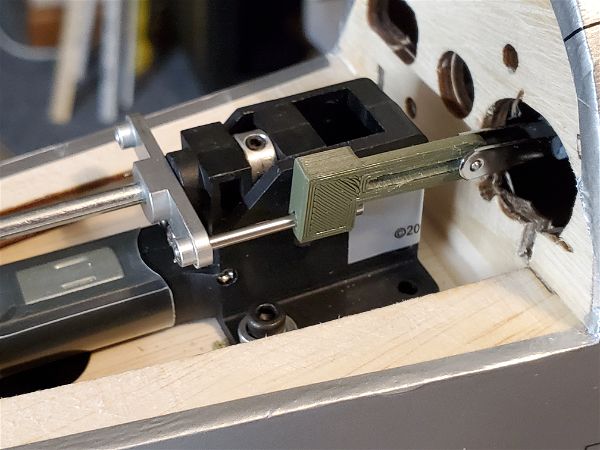

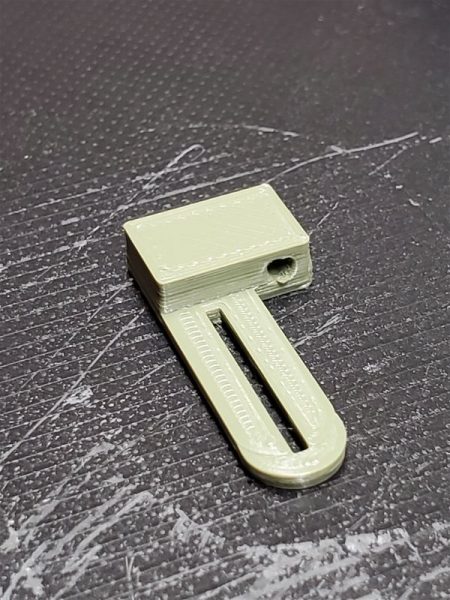
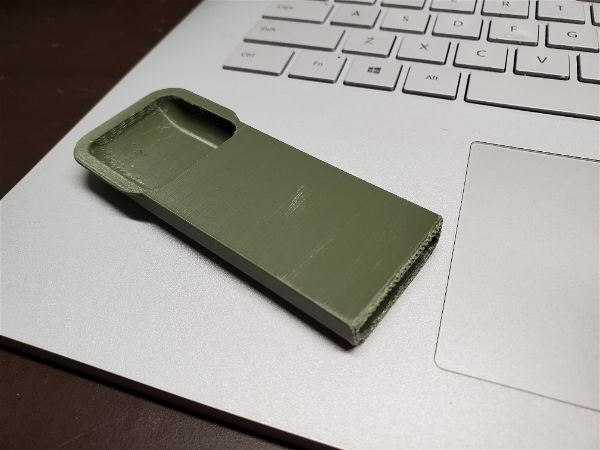
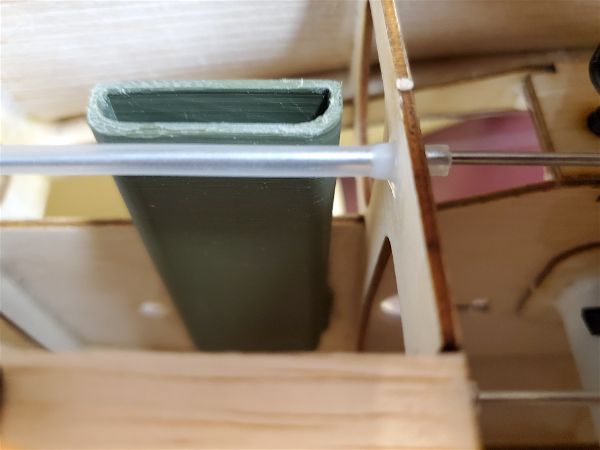
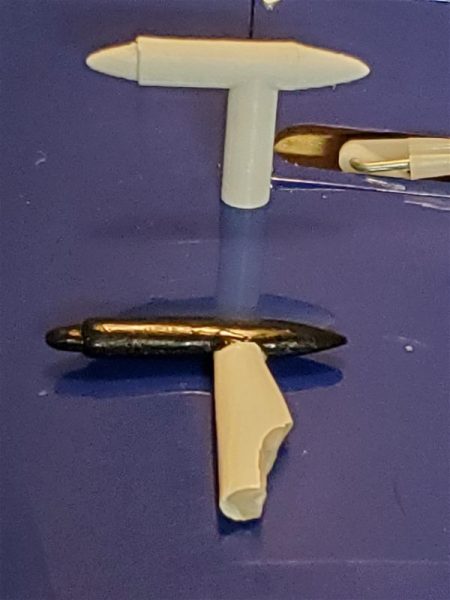
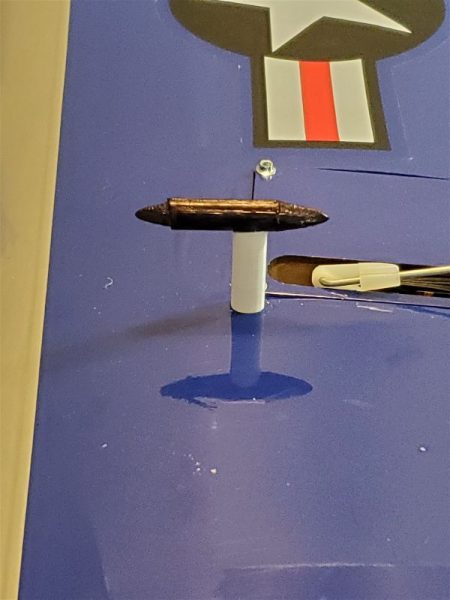
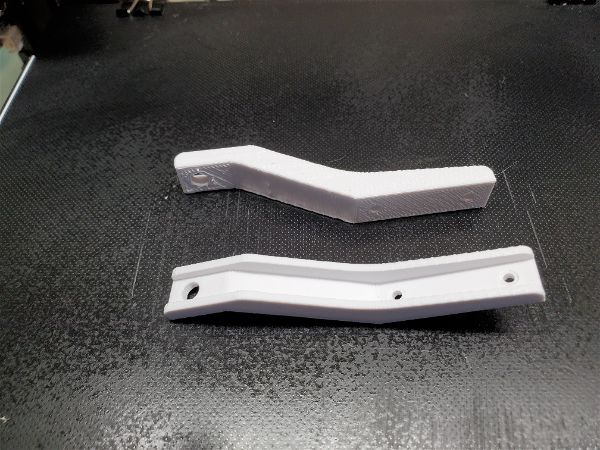

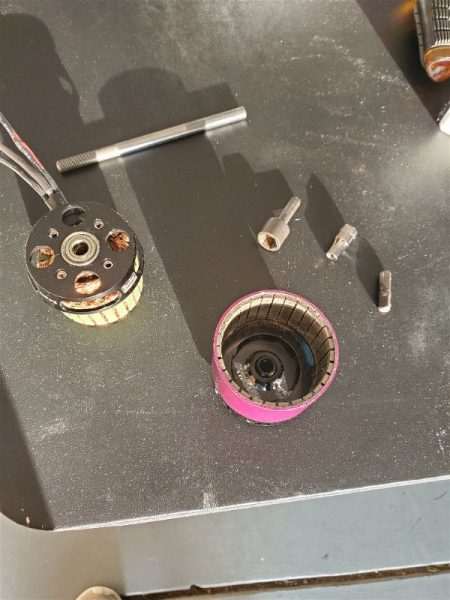



![ParkZone Night Vapor RTF [PKZU1100] | Airplanes - AMain ...](https://external-content.duckduckgo.com/iu/?u=https%3A%2F%2Fimages.amain.com%2Fimages%2Flarge%2Fpkz%2Fpkzu1100.jpg%3Fwidth%3D475&f=1&nofb=1)

